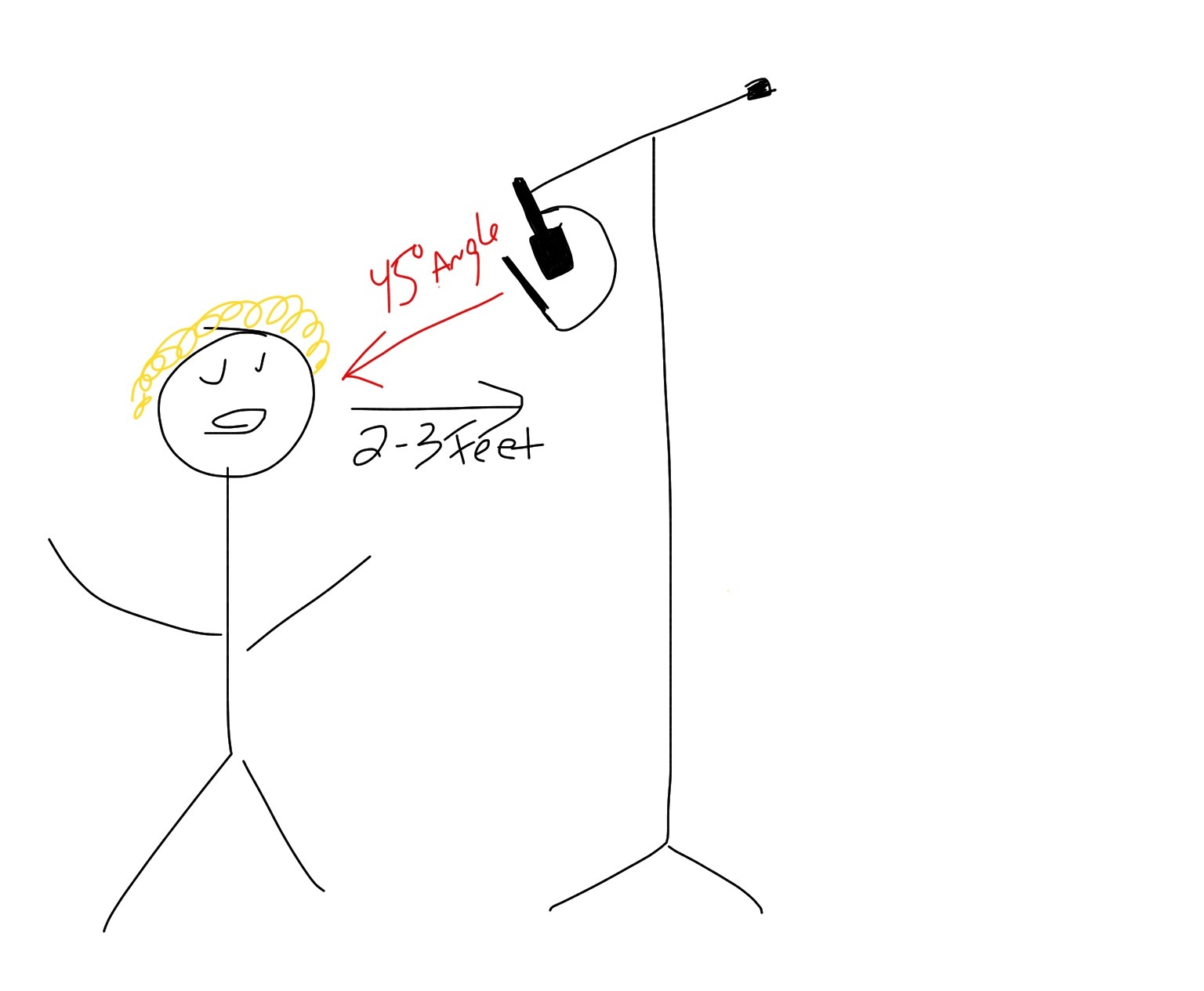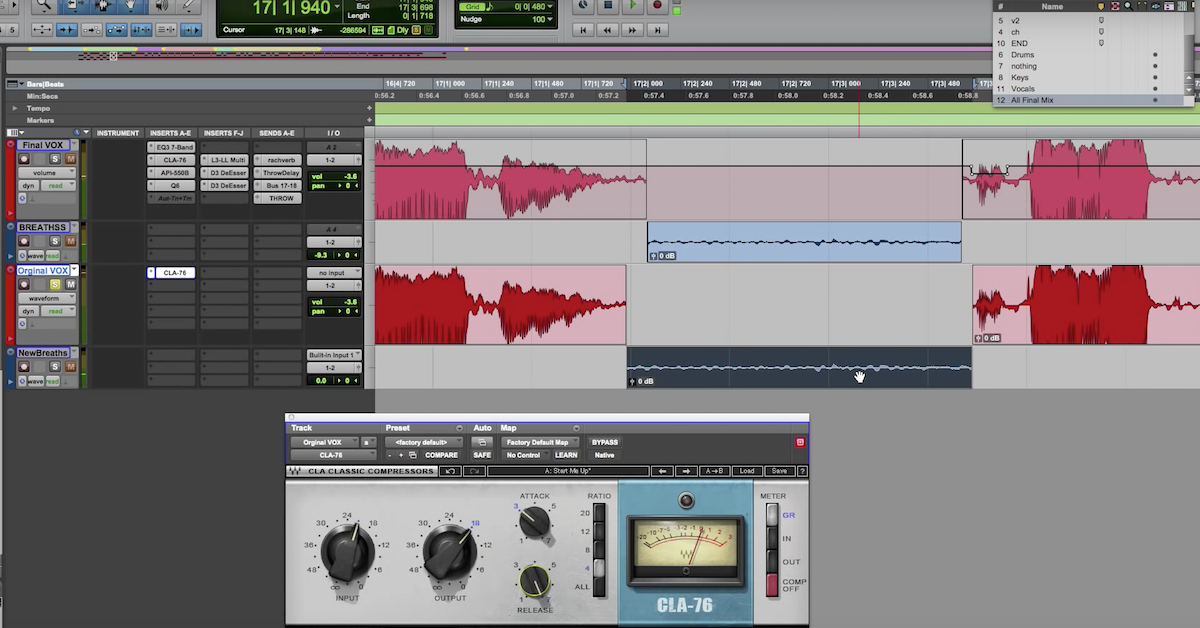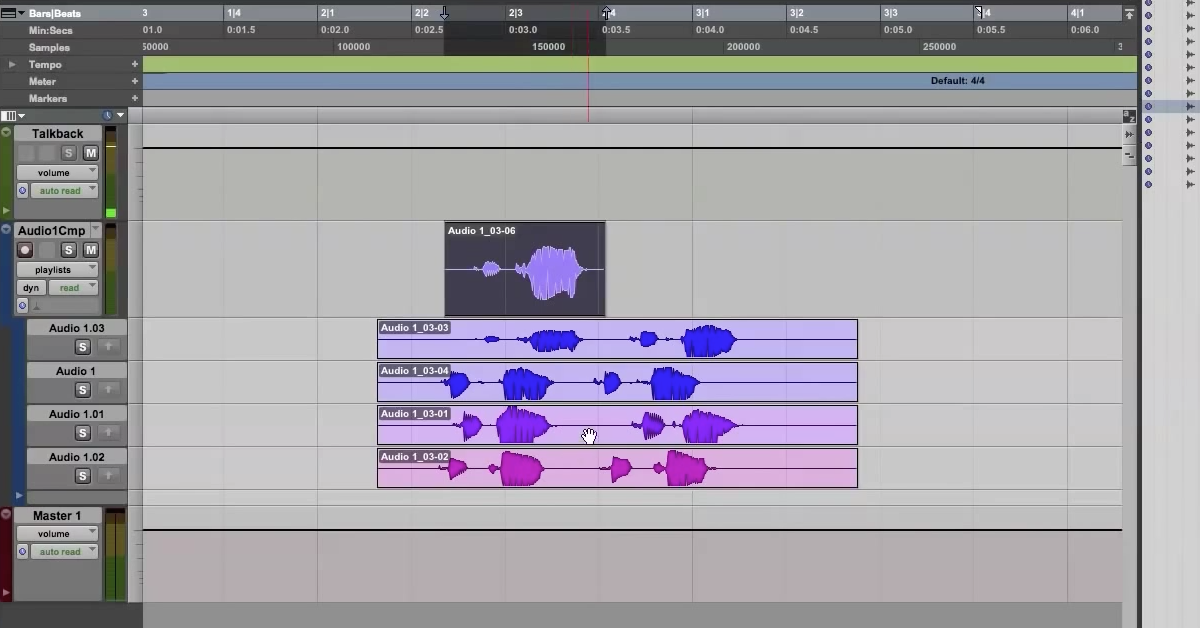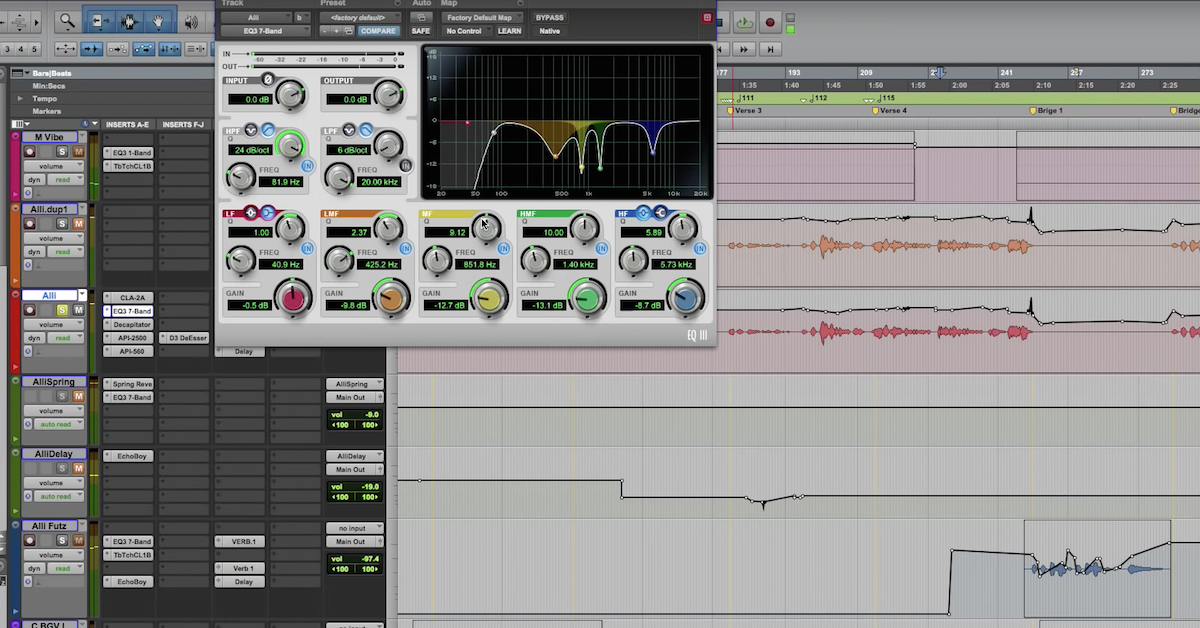5 Things to Think About for Vocal Recording Sessions
Article Content
Recording vocals can be a very difficult task. In this article, I wanted to talk about some of the points of interest to those on the other side of the glass … the singers. It’s not going to matter if you have a coveted U47 if you can’t get a vocalist into the proper headspace.
1. Mic Placement
When it comes to placing a mic in front of the vocalist there is the missionary position that most people know. It’s pretty much the position every mic is placed in a movie or TV show. It may look good on film, but it’s boring and doesn’t necessarily sound the best.
In reality, I rarely place a mic directly in front of a singer. It’s too sibilant for my taste. You also get a lot of proximity effect unless you’re in Omni pattern.
I prefer to have the mic about two-three feet back and above pointing down at a 45-degree angle. In the right room, it’s a much sweeter tone.

Those are mostly engineering decisions which are talked about pretty regularly.
But on the performance side, it’s very restrictive to stick a mic right in front of a singer. They can’t move. The vocalist is pretty much locked into position. This is a real drag when you’re trying to get an emotional performance out of an artist.
If you’ve ever been in a live room with a really gifted singer, you’ll notice a great performance has some physicality to it.
I was in the live room with Abby Ahmad recently as she laid out a vocal for a very personal song. Most of the time, singers don’t want you looking at them. I was lucky in this instance. The song “Rightfully” was written by Abby about our personal relationship.
Watching the performance was eye-opening. Here’s a short video clip.
This performance would have been inhibited with a mic too close. Any movement would greatly affect the proximity effect. With the mic back, the sounds may still be affected, but it won’t be as obvious.
Plus, this allows me to use a ribbon mic on vocals. If you’ve been reading my articles, you know my love for ribbons. In the clip above I was using a Cascade Fat Head II with Lundahl transformer.
2. Playback
Make sure your playback sound is the same volume as the recording volume. If all of a sudden the vocal is a lot louder in playback, the vocalist is likely to feel more exposed and point out little blemishes that normally would not bother them.
This means that if you’re using an independent headphone mix, check to hear what the vocalist is hearing. I use Universal Audio’s Console app for all my monitor mixes. It allows me to switch mixes very easily. With one click I can check the vocalist’s headphone mix and match playback.
Remember, recording great performances is mostly psychology.
Also, make sure you have a similar reverb blend. If they’re not into a dry sound, don’t play a dry sound back. #buzzkill
3. X Marks the Spot
When placing the mic back in my favorite reverse cowgirl, I mean mic position … I always mark the spot on the floor for the vocalist to stand. They will never remember. If you don’t mark a spot, each take will have a different tone.
I always make a gentle “this is your flight attendant” announcement about placement before each take until they know it like the law.
4. Breaks
It’s always a good idea to get the vocalist into the control room every few takes. Don’t let them run 30 takes without gaining perspective. You’ll be dealing with self-destruction.
Often when vocalists have headphones on, they have a distorted perspective of their performance.
In general, I’ll let four takes roll before I ask them in. Often with a great vocalist, we find we have most of a take. If not, they’re able to note what they want to change.
The break also allows them to clear their head or ponder what is or isn’t working with their headphone mix or performance.
Some songs have a more difficult birth than others. Occasionally you’ll be working on a vocal track with a section that just isn’t locking.
The bigger the struggle, the more often a break is required. This keeps morale high and keeps a vocalist from straining too much. They may fight you on this, but be wise and stick to your guns. It’s for their own good.
5. Lighting
When you’re going to record vocalist, pretend like you’re inviting a date over to your apartment. You don’t really expect to get your groove on with the bright lights, do you?
Be a smooth operator. Make the lighting vibey. Whatever it takes. Candles, colored lights, lava lamps, etc.. Have some options. Create a mood.
Pretend it’s the hottest date you’ve ever gotten. We’re talking way out of your league. You gotta impress. Do your best Leon Phelps.
Try these tips on your next recording session and report back. I’m betting you’ll hear better results.






